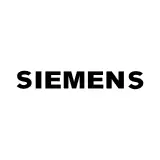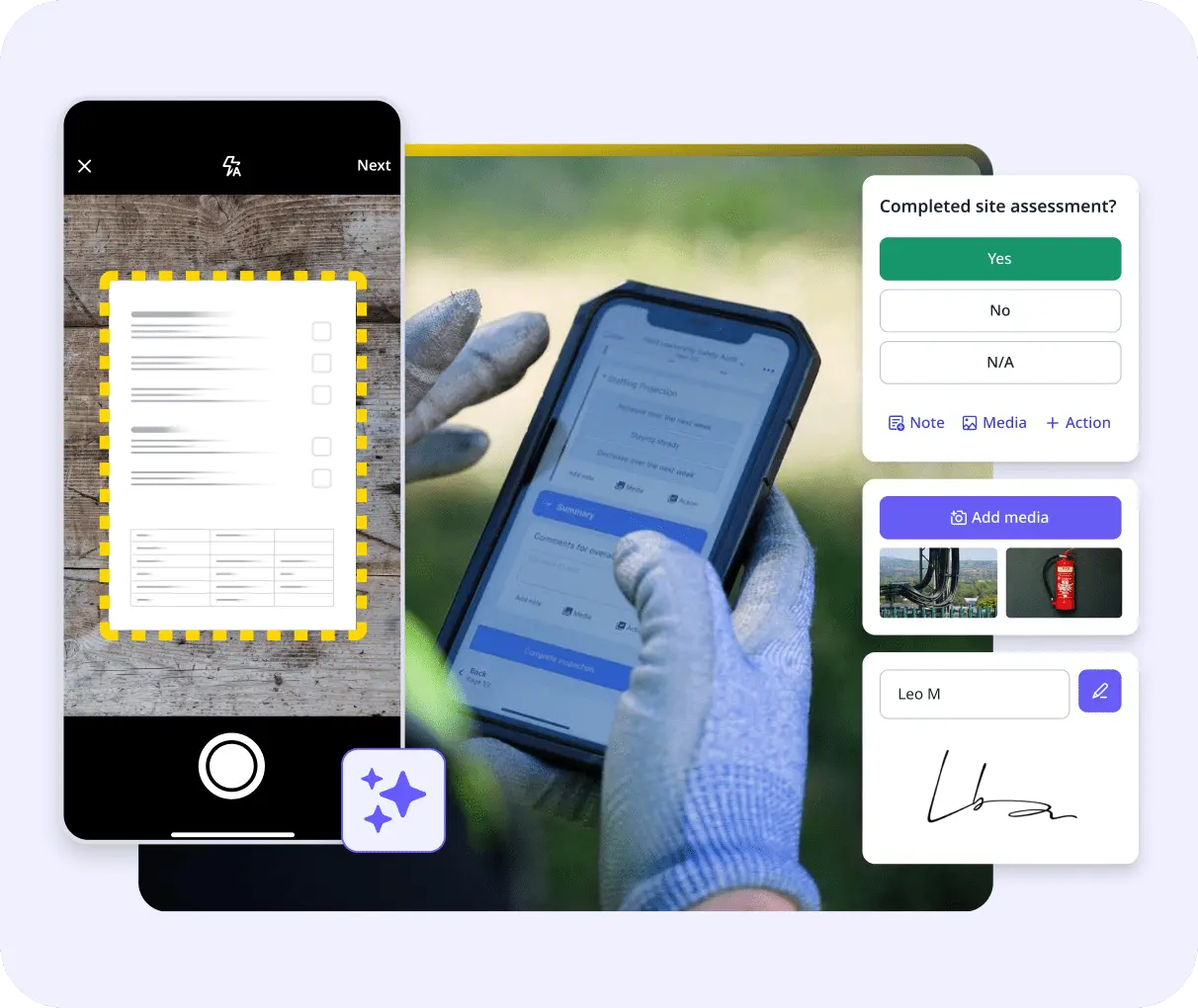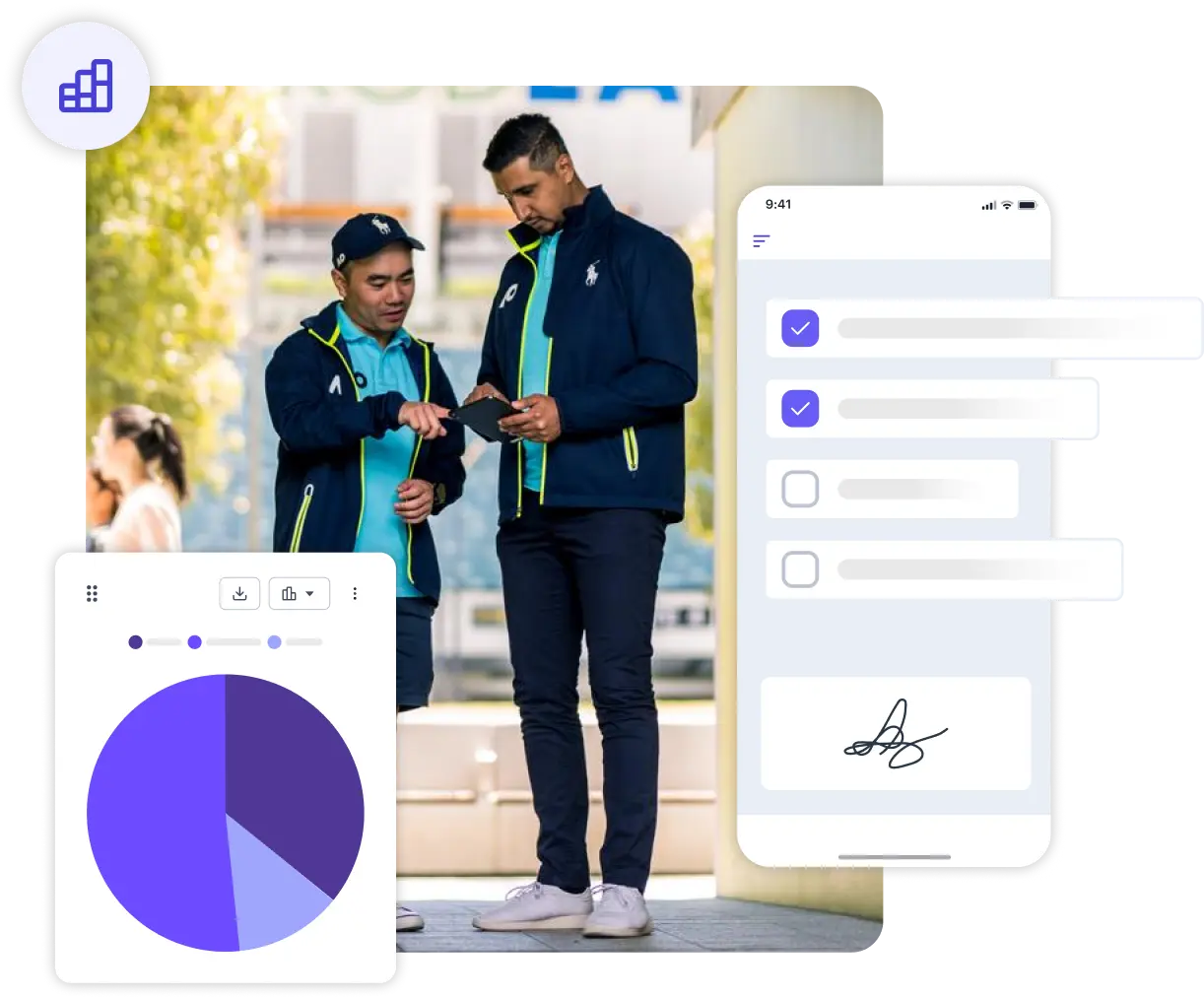Create powerful workflows
Automate manual tasks and get the most out of your operational data by integrating your current systems within our platform. Connect with BI tools like Power BI and Tableau, and virtually any cloud or on-premise system with our Integration Builder.








